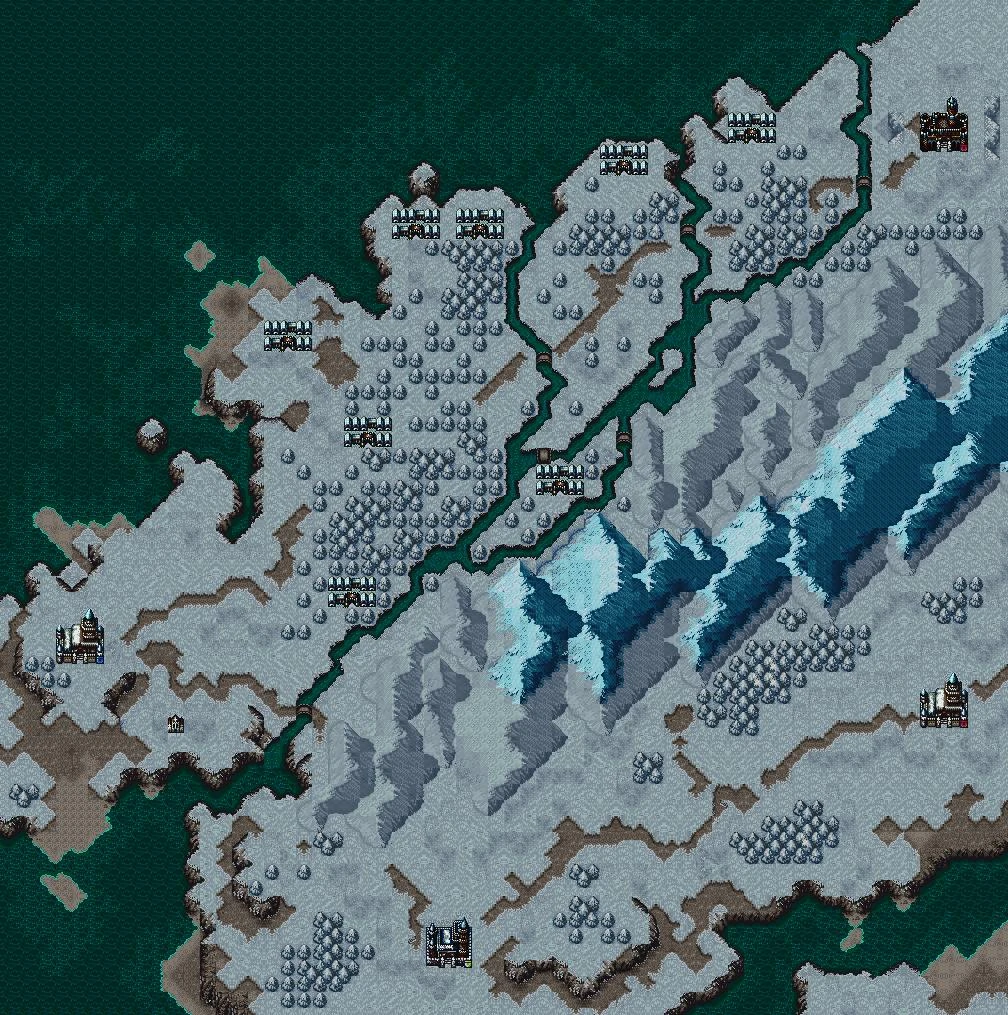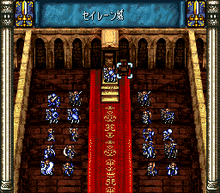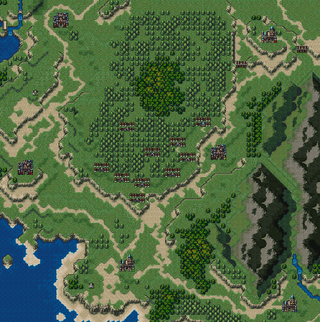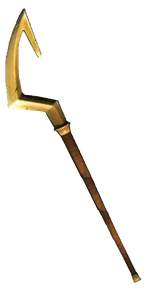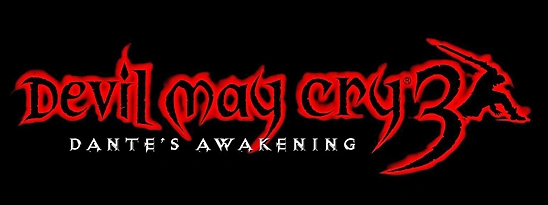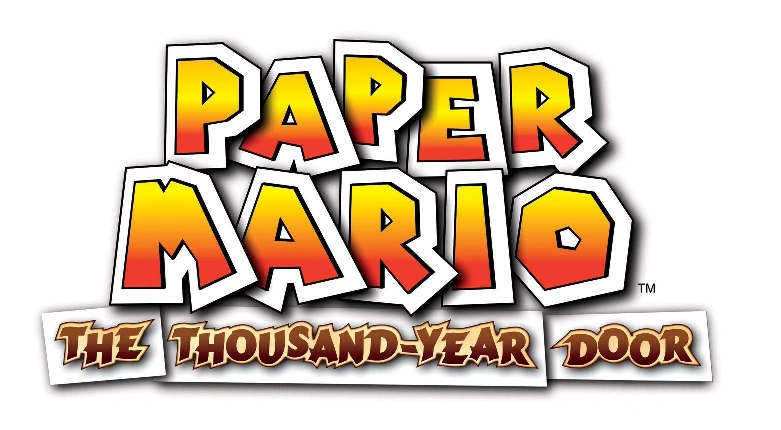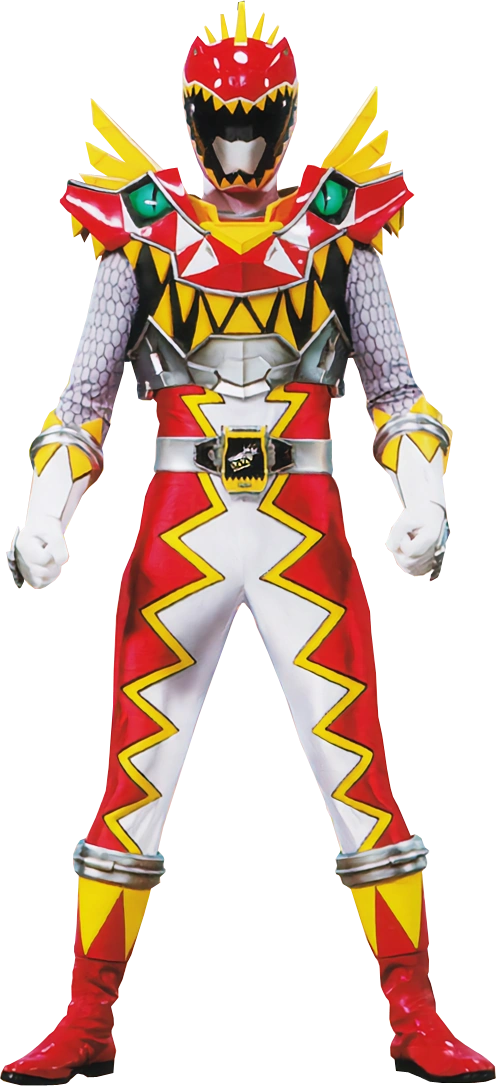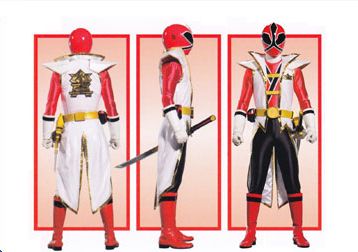Sequels have big shoes to fill. Usually, a sequel means the first game was well received enough or sold well enough to warrant another game. The developers have to be extra careful, since so many things can go wrong. New problems could arise from introducing new mechanics, or even trying to fix problems with the original game. Making any sort of mistake with the sequel could result in the game being worse than the original. Making a sequel is a precarious matter, which is why a great sequel is something to celebrate.
There are a few things to keep in mind when reading this list. First, I can only put games I’ve played on this list, so you won't be seeing games like Portal 2 or Resident Evil 4 or any other games that I recognize as good sequels but haven’t played. Second, this is my opinion, so if you don’t see your favorite sequel on this list, don’t sweat; this isn’t an official, end-all-be-all list. Third, if there’s a sequel you think I should play, leave a suggestion in the comments! With that said, let’s get started.
#7- Borderlands 2
The original Borderlands was one of my favorite FPS games. Not only did it have great co-op and gunplay, but it had tons to do and explore, with a wicked sense of humor to boot. However, the game still lacked a few things. For one, the story and universe were wafer thin, and the game lacked a lot of variety in its locations. It was still fun the whole way through, but improvements could have definitely been made. Great thing the sequel did that and then some.
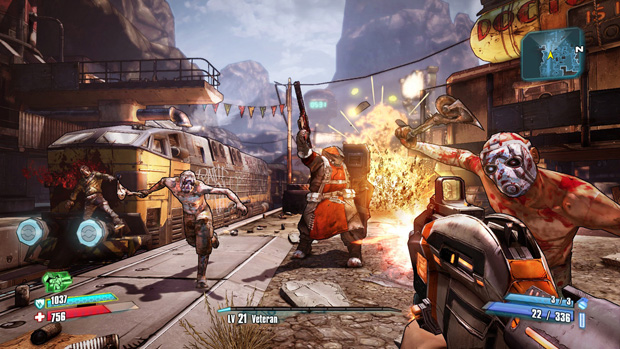
Borderlands 2 fixes most things wrong with the first game and adds tons more. Thought the Pandora in the first game was too barren? Now you can explore glaciers, badlands, forests, and tons more. Thought there were too little people? Now the planet is filled with hilarious NPCs and allies. Want more guns? Good golly, you’ll get more guns! Not the mention the boatload of new content added with all the DLC. This is easily one of the best sequels I’ve ever played, but I happen to like the next six more. Still, can’t go wrong with a spirited session of shooting and looting.
#6- Devil May Cry 3
The Devil May Cry franchise got off to a bad start with me. I thought the first game was, while fun, was heavily flawed. It felt clunky and even unpolished in some places. The second game was worse, managing to be boring and unengaging. My expectations weren’t very high when getting ready to play the third game, and after seeing one of the greatest cinematic openings in gaming history, my fears were quickly put to rest.
Devil May Cry 3 is not only a huge step up from the first two games, but it’s also one of the best hack and slash games out there. With loads of combat options, several crazy weapons, and amazing boss fights, DMC3 offers a stylish adventure match by very few games. And for an extra edge, it’s crazy hard. There’s so much for a hardcore action gamer to love about DMC3, from Dante to every crazy combo you can pull off.
#5- Rayman Legends
Rayman is an underrated franchise. It’s home to some fantastic and creative platformers. One of them was Rayman Origins, a return to the 2D roots with some tight platforming and beautiful visuals. There wasn’t much wrong with Origins to begin with, but when its sequel went so far beyond, I was truly impressed.
Rayman Legends is filled to the brim with brilliance. Not only is it a well designed platformer, but it is jam packed with content and creativity. With levels set to wacky renditions of popular songs, the ability to replay levels from Origins, tons of things to do in each level, Legends lives up to its name as a legendary platformer. The music is also amazing, with memorable instrumentals, some even including instruments like kazoos and didgeridoos. Rayman Legends is perhaps the greatest 2D platformer I’ve ever played, and it’s an amazing sequel.
#4- Sly Cooper: Thieves in Time
Sly Cooper deserves way more attention, if you ask me. From the first game on, the games have been fun romps through colorful worlds with equally colorful characters. Even though the series isn’t very big, it will always be one of my favorite franchises. So of course, when I heard it was finally getting another installment after nearly ten years, I was ecstatic. Even though it was handled by a different developer, the new installment was just as good, if not better, than any of the original trilogy.
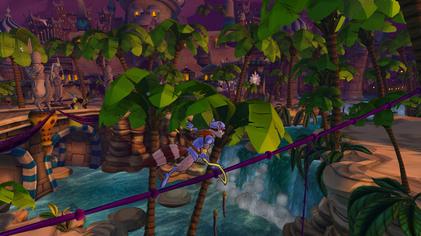
Sly Cooper: Thieves in Time is one of the greatest love letters ever written. Its more than just a fanservice game for Sly fans; it’s a full blown, incredibly satisfying adventure through time. It features some great platforming, hilarious dialogue, and succeeds in capturing the magic that made Sly so great in the first place. Not to mention all the replayability this game has. This game does nearly everything right, and as a fan of Sly, it makes me very happy. I hope that we get to see Sly and the gang in another adventure soon.
#3- Paper Mario: The Thousand Year Door
Mario has games encompassing nearly every genre out there. He’s done sports games, puzzle games, and even RPGs. Surprisingly, some of Mario’s best titles are his RPGs. Games like Mario and Luigi: Superstar Saga and Super Mario RPG stand as some of the best games Mario has to offer. Recently, I played the original Paper Mario on the Virtual Console, and while it was an enjoyable game, it made me appreciate one of my favorite games even more.
Paper Mario: The Thousand Year Door is a fantastic RPG experience, and a step up in every category over its predecessor. It features a better battle system, better music, a better sense of humor, better settings, better characters, and better use of the paper gimmick. On its own, it's already a brilliant RPG, but when taking its predecessor into account, it’s amazing to see how far the sequel goes. This game is brilliant, and is perhaps my favorite GameCube game ever.
#2- Kingdom Hearts II
You’d be surprised on what could work as a video game. How about a game where the hero spends his time catching highly intelligent monkeys? Sure. Or how about a game where a three inch tall robot cleans a house and befriends all the family’s toys? Sounds great. How about a crossover between Final Fantasy and Disney where you play as a kid wielding a giant key? You’d think that’d flop, but now it’s a huge franchise. Kingdom Hearts may be out-there, but it’s a terrific series of games, home to one of the greatest video game sequels.

Kingdom Hearts II, like Thousand Year Door, is an amazing game in its own right, but it's absolutely incredible as a sequel. The combat got a flashy overhaul with more combat options and the introduction of reaction commands. Bosses got bigger, badder, and more satisfying to fight. The music is more memorable and features some of my favorite music tracks. The game is such a huge step up in terms of gameplay and presentation that I find it hard to go back to the original game. But there’s still one video game sequel I like even more…
#1- Ratchet and Clank: Up Your Arsenal
Did I mention how much I like Ratchet and Clank? I have? Well, let me do it again.
Ratchet and Clank is my favorite franchise. I grew up with it, and I have no intent to stop playing it any time soon. Every game brings forth an assortment of crazy weapons to blow up a new batch of bad guys with. While not all of the games are perfect, even the worst games are just mediocre. Ratchet has an impressive track record, and under his belt is, in my opinion, the perfect example of a video game sequel. Ladies and gentlemen, I give you Ratchet and Clank: Up Your Arsenal.
As a sequel, Up Your Arsenal does nearly everything right. The new mechanics introduced in Going Commando, like upgrading weapons and profitable sidequests, are finetuned for a much better experience. The level design is top notch, and the game never reaches an unfair level of difficulty. The series’s tone remains intact, delivering some truly hilarious moments. Not only those this game do everything better than its predecessor, but it handles itself so expertly, it’s practically the perfect sequel.
Hope you enjoyed yourselves! As always, constructive criticism is welcome.
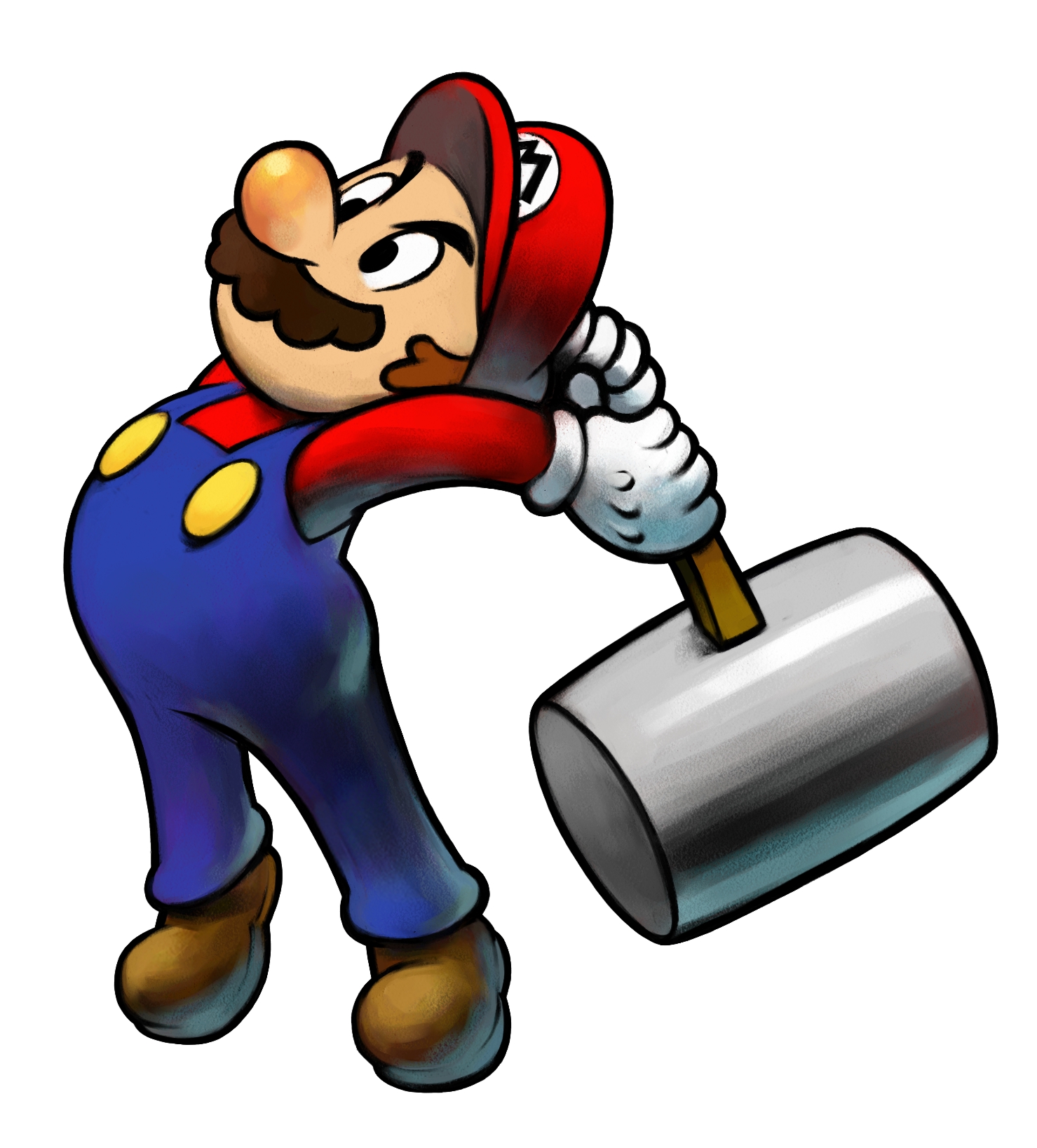



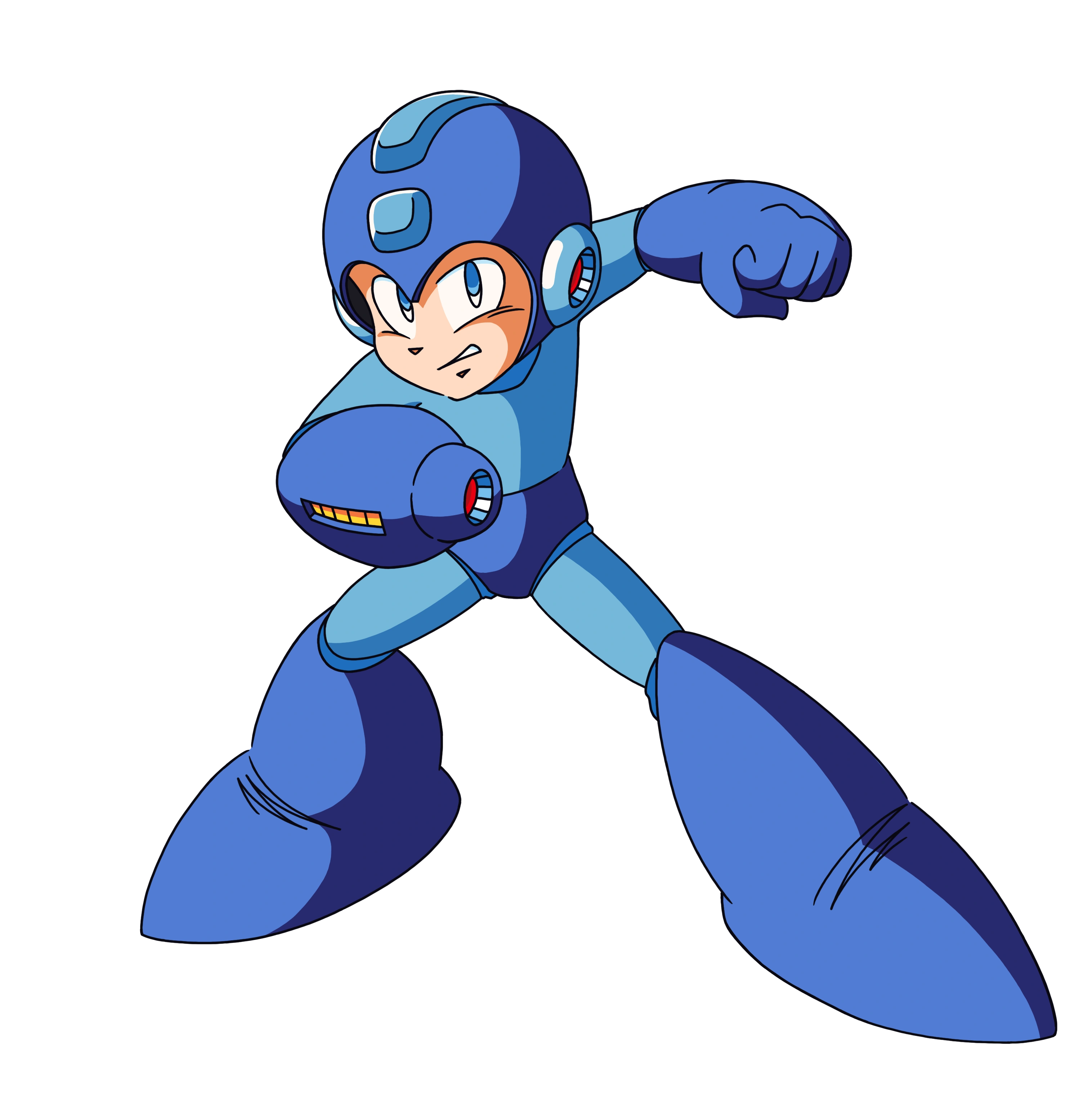
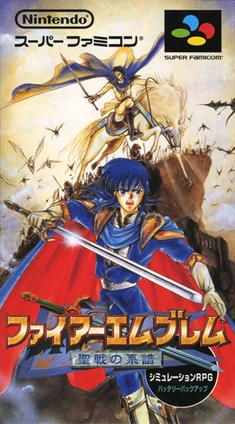
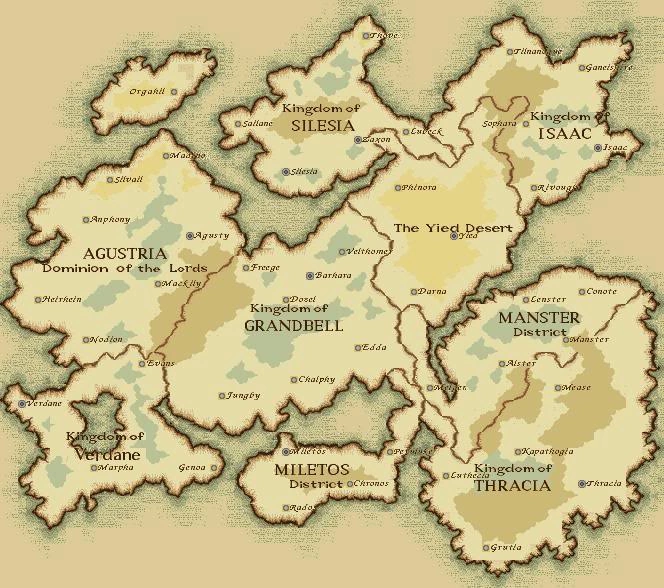
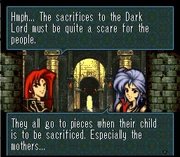
_%5BEn_by_Dark_Twilkitri_Net_v0.87d%5D_(~Fire_Emblem_-_Genealogy_of_the_Holy_War)-5.jpg)

